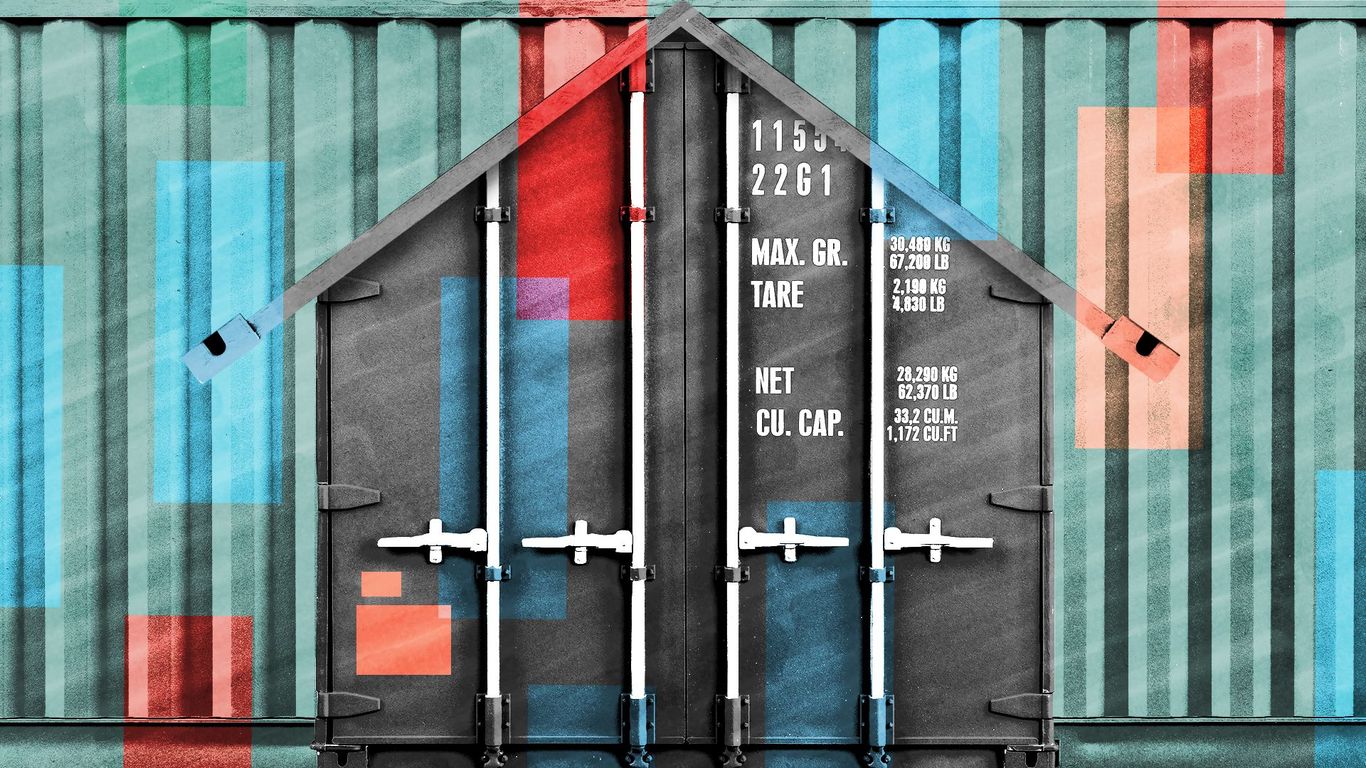
The Looming Shadow of Protectionism: How Tariffs Squeeze the American Wallet
For many Americans, the promise of a robust economy often feels distant, a concept overshadowed by the daily grind of making ends meet. But the economic realities facing the nation are increasingly intertwined with complex policy decisions, specifically, the impact of tariffs. While the intention behind tariffs—often framed as protecting domestic industries—is well-meaning, the consequences for everyday consumers are stark and far-reaching. The simple truth is: high tariffs mean less money in the average American’s pocket.
The mechanics might seem abstract, but the impact is undeniably concrete. Tariffs, essentially taxes on imported goods, drive up the prices of a wide array of products. This isn’t limited to luxury items; the impact stretches across necessities like food, clothing, and automobiles. Think about the everyday staples: that box of cereal, the clothes your children wear, the family car. When tariffs increase the cost of importing raw materials or finished goods, these everyday items become more expensive.
This ripple effect transcends individual purchases. The increased cost of living forces families to make difficult choices. A higher price tag on groceries might mean cutting back on other essentials, like healthcare or education. The extra expense of a new car could delay crucial home repairs or other significant investments. These seemingly small adjustments add up, creating a significant financial strain on households across the economic spectrum.
The argument often presented in favor of tariffs centers on the idea of protecting domestic industries and jobs. The belief is that by making imported goods more expensive, consumers will turn to domestically produced alternatives, boosting local businesses and employment. However, this simplistic view fails to account for the broader economic consequences. While certain sectors might benefit, the overall impact often leads to a net loss for the majority of consumers.
The economic principle of comparative advantage highlights the inefficiency of attempting to produce everything domestically. Countries specialize in producing goods and services they can create most efficiently. Imposing high tariffs disrupts this natural flow of trade, leading to higher prices and reduced consumer choice. While protecting specific industries might seem beneficial in the short term, it often results in higher costs for consumers, offsetting any potential gains.
Moreover, the impact extends beyond the immediate price increases. Higher prices lead to reduced consumer spending, which in turn affects overall economic growth. Businesses, seeing decreased demand, may be forced to slow production or even lay off workers, negating any job creation supposedly generated by tariff protection. This creates a vicious cycle where higher prices lead to reduced demand, leading to job losses and further economic slowdown.
In conclusion, the issue of tariffs is far more nuanced than a simple protectionist versus free trade debate. While the goals of protecting domestic industries and jobs are understandable, the reality is that high tariffs significantly impact the average American’s purchasing power. The increased cost of essential goods and services creates a considerable financial burden, forcing families to make difficult choices and ultimately hindering overall economic prosperity. A comprehensive understanding of the economic consequences is vital to crafting policies that truly benefit all segments of society, not just select industries.



Leave a Reply